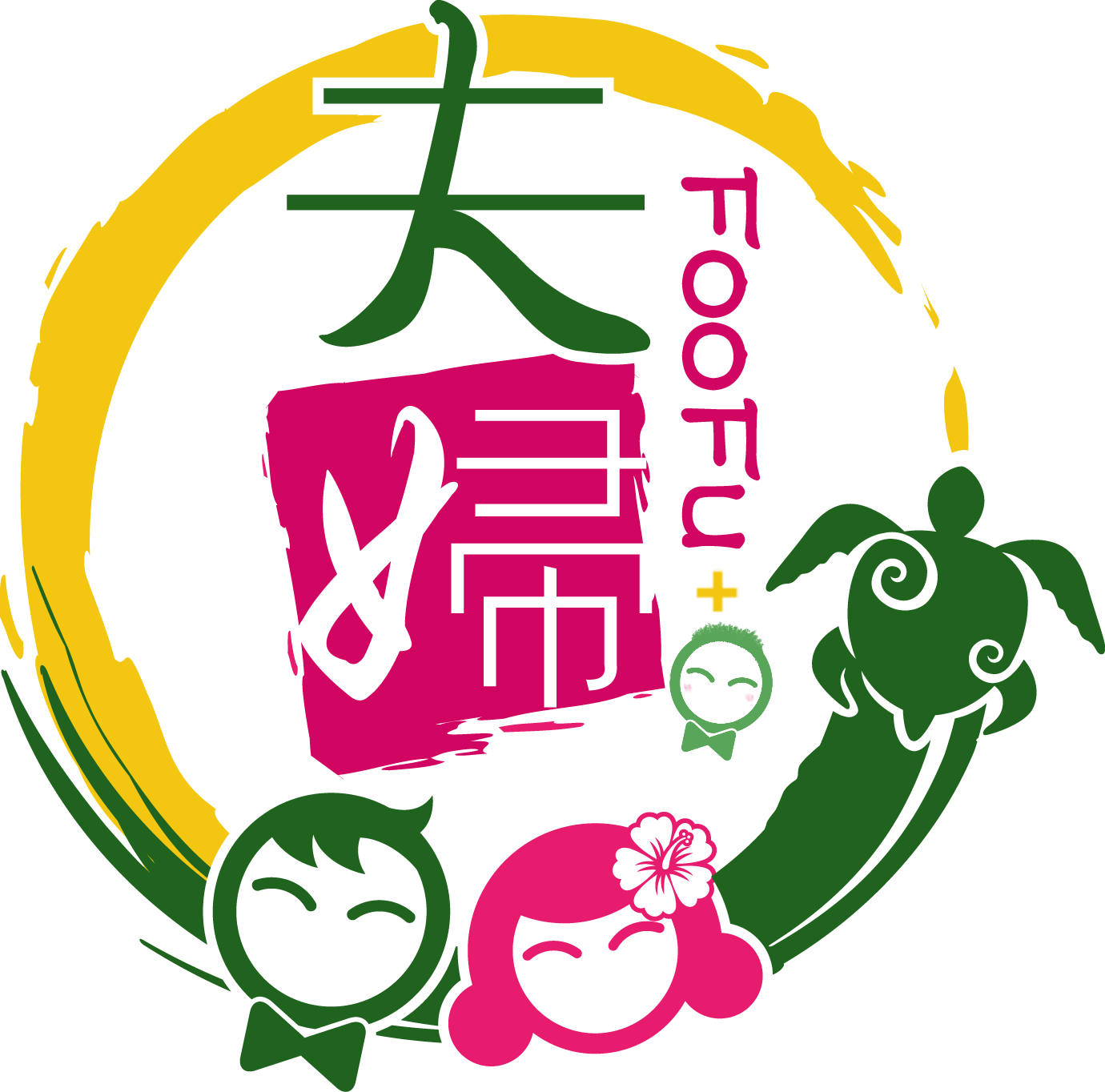As the year draws to a close, the world prepares to celebrate a myriad of holidays and traditions. Among these is a celestial event that has been observed and revered by countless cultures throughout history: the winter solstice. This astronomical phenomenon, often referred to as the shortest day of the year, is a time of deep reflection, celebration, and anticipation for the year to come.
The winter solstice, occurring annually around December 21st or 22nd in the Northern Hemisphere and June 20th or 21st in the Southern Hemisphere, marks the day when the North or South Pole is tilted furthest away from the sun. This results in the least amount of daylight and the longest night of the year. It’s a moment of profound significance, a turning point that signals the slow return of longer days and the promise of spring’s renewal.
Historically, the winter solstice has been a time of great importance for many cultures. Ancient civilizations, such as the Romans, Celts, and Native Americans, held festivals and rituals to honor this celestial event. They recognized the solstice as a time of death and rebirth, a moment when the darkness of winter began to give way to the light of spring.
For instance, the Romans celebrated Saturnalia, a week-long festival of light leading up to the winter solstice. During this time, they would honor Saturn, the god of agriculture, with feasts and gift-giving, and slaves were even allowed temporary freedom. Similarly, the Celts observed the winter solstice with the festival of Yule, where they would burn a Yule log to symbolize the return of the sun.
In the heart of England, the prehistoric monument Stonehenge stands as a testament to the significance of the winter solstice. The monument aligns with the sunset during the winter solstice, and it’s believed that this alignment was used as an ancient calendar to mark the changing seasons.
Today, the winter solstice continues to be a time of celebration and reflection. In many cultures, it’s a time to gather with loved ones, share meals, exchange gifts, and honor the darkness while anticipating the return of the light. It’s a moment to pause and appreciate the cyclical nature of life, the ebb and flow of darkness and light, death and rebirth.
In the midst of the hustle and bustle of the holiday season, the winter solstice invites us to slow down, to reflect, and to find joy and peace in the quiet darkness. It’s a reminder that even in the darkest times, there is always the promise of light to come.
As the winter solstice approaches, let’s take a moment to honor this ancient tradition. Whether it’s by lighting a candle, sharing a meal with loved ones, or simply taking a moment to reflect on the past year, let’s celebrate the darkness and welcome the return of the light.
The winter solstice is more than just the shortest day of the year. It’s a symbol of hope, a reminder of the cyclical nature of life, and a celebration of the balance between darkness and light. As we move through the longest night of the year, let’s remember that even in the midst of darkness, there is always the promise of a new dawn.
冬至,這個節日在我們的生活中佔據了一個重要的位置,它不僅僅是一個節氣,更是一種文化的象徵。冬至的文化意義深遠,它象徵著一種生活的哲學,一種對生命的尊重和對自然的敬畏。
冬至的起源可以追溯到古代,當時人們對於季節變化的觀察和理解,對於他們的生活和生存至關重要。他們注意到太陽的位置和日照時間的變化,並將這些變化與季節的變化相關聯。因此,冬至這一天,太陽在天空中的位置最低,日照時間最短,被認為是一個重要的轉折點。
冬至也是一個反思和內省的時刻。在這個寒冷而黑暗的季節中,我們被提醒要欣賞我們所擁有的,並對我們的生活和未來有所思考。這是一個讓我們與自己,與他人,以及與自然建立更深連接的機會。
然而,冬至的意義並不僅限於此。在許多傳統中,冬至也被視為一個神聖的時刻,一個與宇宙的更高力量連接的機會。這是一個讓我們重新確認我們在這個宇宙中的位置,並對我們的生活和存在有更深的理解和欣賞的時刻。
冬至是一個充滿了象徵意義和深深的文化傳統的節日。它提醒我們欣賞自然的美麗和力量,並尊重我們與自然的關係。它讓我們有機會停下來,反思我們的生活,並與我們的社區和宇宙建立更深的連接。所以,當我們慶祝冬至的時候,讓我們不僅僅慶祝這一天的來臨,也慶祝它所帶來的意義和可能性。

